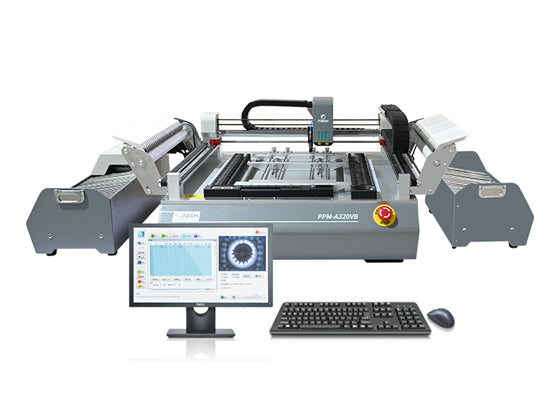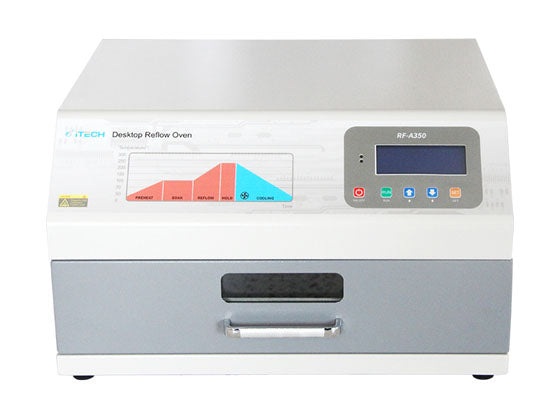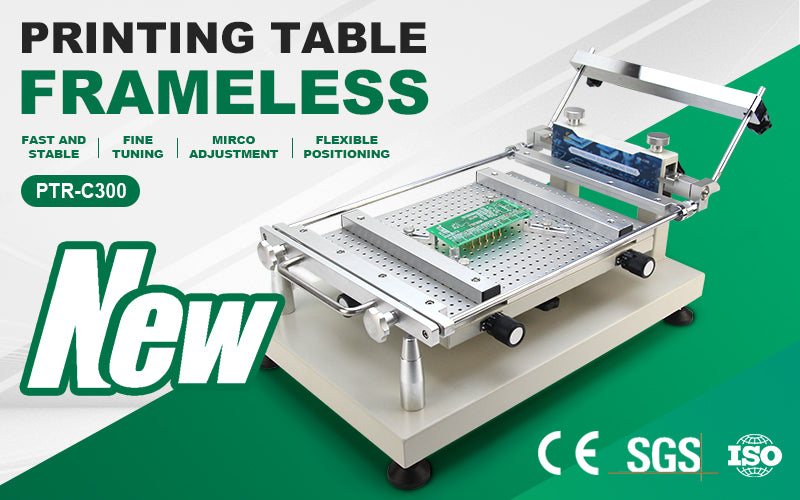In the actual SMT placement scenario, there may be 200-300 chips on a circuit board. In this case, 4 or even 6 placement nozzles are needed, but your placement machine has only 2 heads, so how to implement placement?
The common approach is to divide the placement process into two or three parts, each handling a subset of components. This involves running the board through the pick-and-place machine multiple times to sequentially pick and place the components.
For example,
In the first part, the machine pick and place the first subset of components with Juki nozzle 502 and 503.
In the second part, the machine pick and place the second subset of components with Juki Nozzle 504 and 505 or 506.
Repeat if necessary, continue with additional passes until all components are placed on the circuit board. Each pass will address a portion of the components until the entire board is populated.
In the realm of Surface Mount Technology (SMT), achieving efficiency and flexibility in component placement is paramount. In order to improve pick and place efficiency, please optimize the programming to minimize the number of passes. One strategy to optimize this process involves the dynamic and flexible utilization of SMT nozzles, allowing for versatile handling of components with varying sizes and form factors.
Nozzle Selection:
- Component Compatibility
To enhance flexibility, consider a versatile approach to nozzle selection. For instance, use nozzle 503 or 504 for components like 0805 resistors or SOT23 packages, where the component size is within the capacity of these nozzles.
- Adapting to Component Sizes
For larger components such as 1210 resistors, opt for nozzle 504 or 505. Similarly, for handling TQFP components, choose nozzle 506 or 507. The key is ensuring that the component size is larger than the diameter of the selected nozzle.
- Trial and Error
Embrace a pragmatic approach by experimenting with different nozzles for components falling within the acceptable size range. If a nozzle can successfully pick up and place a component without issues, it's worth considering for your application.
- Quality Check and Precision(Precision Evaluation)
While flexibility is crucial, it should not compromise precision. After placing components using a particular nozzle, assess the precision of the placement. If the accuracy meets the required standards, the chosen nozzle can be deemed suitable.
Decision Criteria
Component Size vs. Nozzle Diameter:
The fundamental criterion is ensuring that the component's size exceeds the diameter of the selected nozzle. This provides the necessary clearance for a secure pick-and-place operation.
Precision Tolerance
While flexibility is encouraged, precision is non-negotiable. If a particular combination compromises precision, it is advisable to reevaluate the nozzle choice.
The flexible use of SMT nozzles involves a strategic balance between component size, nozzle compatibility, and precision requirements. Through systematic experimentation, careful evaluation, and optimized programming, you can achieve a versatile and efficient SMT assembly process.






